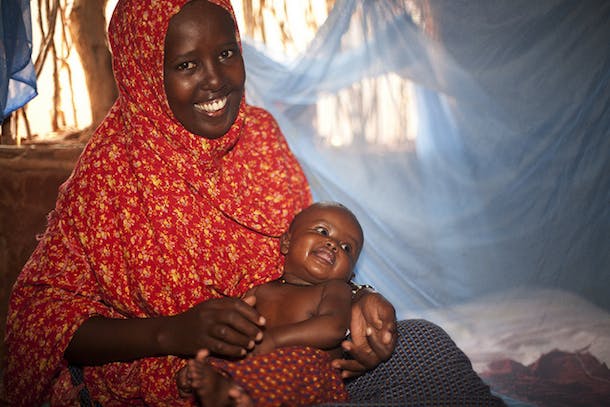
The outcome document of the post-2015 Sustainable Development Goals agenda, which was formally accepted by the member countries of the United Nations recently and will be adopted at a summit in September, includes the target of ensuring “universal access to sexual and reproductive health and reproductive rights” under Goal 5: Achieve gender equality and empower all women and girls. While we do not know yet what the precise indicators of this target will be, it seems fair to presume that one of these indicators will focus on fulfilling women’s “unmet need” for family planning. Reducing unmet need is also the explicit goal of the 2012 London Summit on Family Planning, as well as underlies the United Nations Foundation’s Universal Access Project.
Broadly defined, a country’s unmet need for family planning refers to the proportion of its women and girls who are sexually active and do not want to become pregnant, but are not using a modern method of contraception to avoid becoming pregnant. Helping these women to access birth control methods is the goal of those programs and campaigns that seek to reduce unmet need.
But can a woman with unmet need be helped by a one-off successful attempt to connect her to contraception information and services? That is, can the number of new acceptors of contraception serve as a sufficient count of changes to unmet need? Can we move on to the next group of women and girls that have sex lives, but do not want their sexual activity to result in a pregnancy, at least not just yet?
Recent analyses from a number of countries suggest that the answer is no. Too many women with unmet need may initially decide to practice birth control, but might soon, for a variety of reasons, discontinue use and thus re-enter the pool of those with an unmet need. Indeed, some estimates suggest that close to 40% of unmet need consists of women who were once users of contraception, but now no longer are even though they still do not want a pregnancy. In other words, a woman with met need today has a high probability of becoming one with unmet need tomorrow.
Why does this happen? Some of these reasons are the same as those that prevent women using family planning to begin with – lack of services, lack of information, high costs, pressure from other family members; except that in the case of contraceptive discontinuation, it is changes in these factors, rather than the factors themselves, that are important.
The policy lesson here is that whatever is done to provide initial voluntary access to family planning must be sustained so that women see no reason to stop use; the family planning providers’ work is never quite done.
But an important reason for discontinuation is also the real or perceived frequently negative experience of contraceptive use. Most often this takes the form of dissatisfaction or discomfort with the particular method of contraception that a women has taken the initial step to adopt. Much of this discomfort stems from the experience (or anticipation) of unpleasant or fearsome side effects and is particularly common with the use of hormonal methods of birth control.
The policy lesson here is somewhat different from that for getting first timers to practice effective contraception. We need better back up services to do two things: One, to assuage fears that are unwarranted or misinformed; and two – and this is even more important – provide a sensitivity to the often real experience of disturbing side effects, by making it easy for women to switch to another method when the current method has problems.
The post-2015 agenda is centered on paths and levels of development that are sustainable; that is, pathways and levels of development that do not compromise the future welfare of the planet or of later generations. In the case of unmet need too we need to focus on sustainability, but this time at the micro level, the level of the individual woman. We need to promote contraceptive use that is sustained until a woman decides that she no longer needs to worry about an unwanted pregnancy or until she is ready and eager to have a pregnancy and birth.

